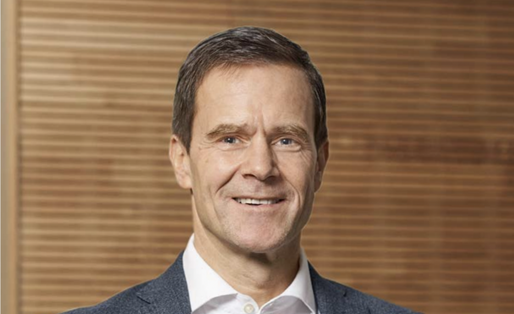HeidelbergCement sticks to sustainability on a global scale

Quarry Magazine discusses HeidelbergCement’s Global Sustainability Commitments, its latest Sustainability Report and the exciting global Quarry Life Award competition.
HeidelbergCement has emphasised its commitment to tackling climate change, as its Sustainability Report 2020 outlined a tightening of emissions targets and a belief in technology.
To open the report, HeidelbergCement chairman Dominik von Achten said the company aimed to do all it could to achieve net-zero carbon emissions by 2050.
Von Achten admitted, the company hadn’t always been in a position to reduce its emissions in an effective manner.
“As a company in the energy-intensive cement industry, a large proportion of the emissions from our production processes have been unavoidable to date,” von Achten said.
“We are continuously enhancing our sustainability reporting in order to further increase transparency towards our stakeholders.”
The company will look to deploy carbon capture utilisation/storage (CCU/S) technology as a pillar of its emissions reduction techniques.
HeidelbergCement, which has owned Hanson in Australia since 2007, has already planned two CCS projects in Norway and Sweden, indicating successful trial projects will pave the way for the rest of the company’s global portfolio.
“After having gained valuable experience with Carbon Capture Use/Storage technologies in Norway and other countries, we are taking the next step with a completely carbon-neutral cement plant in Sweden. This will be a game changer for our industry,” von Achten said.
Hanson’s sustainability manager Brendan Liveris said HeidelbergCement’s global ambitions were supported locally, and the Australian company is working towards achieving its own sustainable goals.
“The majority of Heidelberg’s sustainability commitments flow through our business in one form or another,” Liveris said.
“For example, we’re working on CO2 reduction across our business with a focus on highly sustainable concrete products and the reduction in Scope 2 emissions in electricity over the next 10 years.
“Like HeidelbergCement, we’re committed to achieving better outcomes for the environment and our communities through improved land use, water use and community engagement.”
The importance of emissions reductions to HeidelbergCement has been shown in its new remuneration policy, which links emissions targets with staff bonuses.
“We have anchored our CO2 reduction targets in the remuneration systems across the group. The full bonus can only be achieved if both the financial targets and the sustainability target are met,” von Achten said.
Liveris confirmed this initiative has been implemented worldwide.
“Locally, CO2 reduction is a core focus throughout the business, with success in this area linked to performance incentives,” Liveris said.
HeidelbergCement’s goals have acknowledged that cement processing can be emissions-intensive, as the company looks to form a reclamation plan for each of its hundreds of quarries.
“86 per cent of our quarries in the cement business line and 79 per cent in the aggregates business line have reclamation plans. We intend to increase these figures to 100% by 2030 at the latest,” the Sustainability Report 2020 stated.
Quarry Life Award
HeidelbergCement also facilitates the Quarry Life Award every two years, including in 2021.
The Quarry Life Award aims to promote sustainable quarry management through a global competition, with prizes up to €30,000 ($AUD47,160).
Since the inaugural Award in 2012, the first four editions have seen more than 1400 projects submitted.
Von Achten said the present day was the most important time to get such projects underway.
“The time for action is now. The World Economic Forum 2021 Global Risk Report has put biodiversity loss among the five most concerning global risks, both in terms of likelihood and impact,” von Achten said.
“With the competition, HeidelbergCement wants to contribute to the global restoration agenda and works towards a net positive in biodiversity. Our sites can provide valuable habitats for a variety of animal and plant species during and after extraction.”
The Award is now open for submissions and will close on 18 November 2021.
Want to know more about the Quarry Life Award? Read our previous blog post here.


